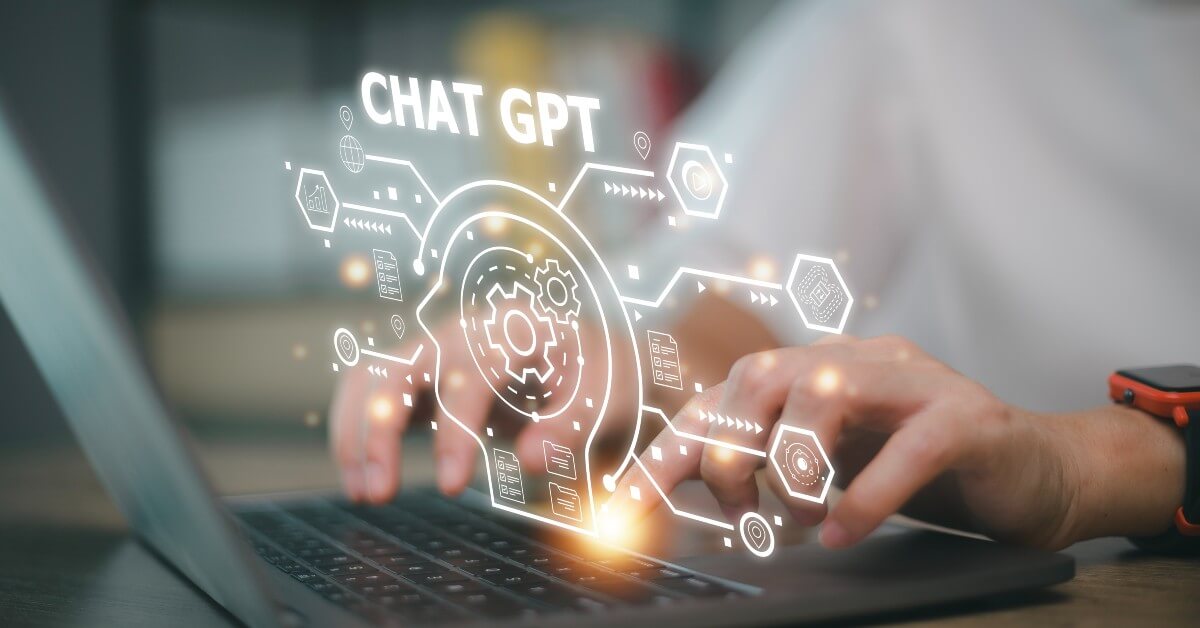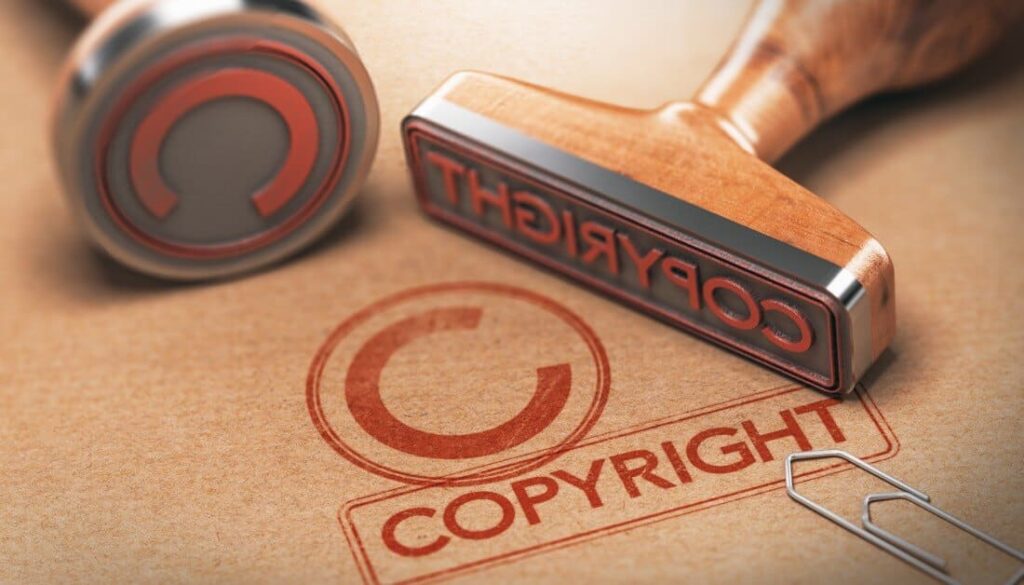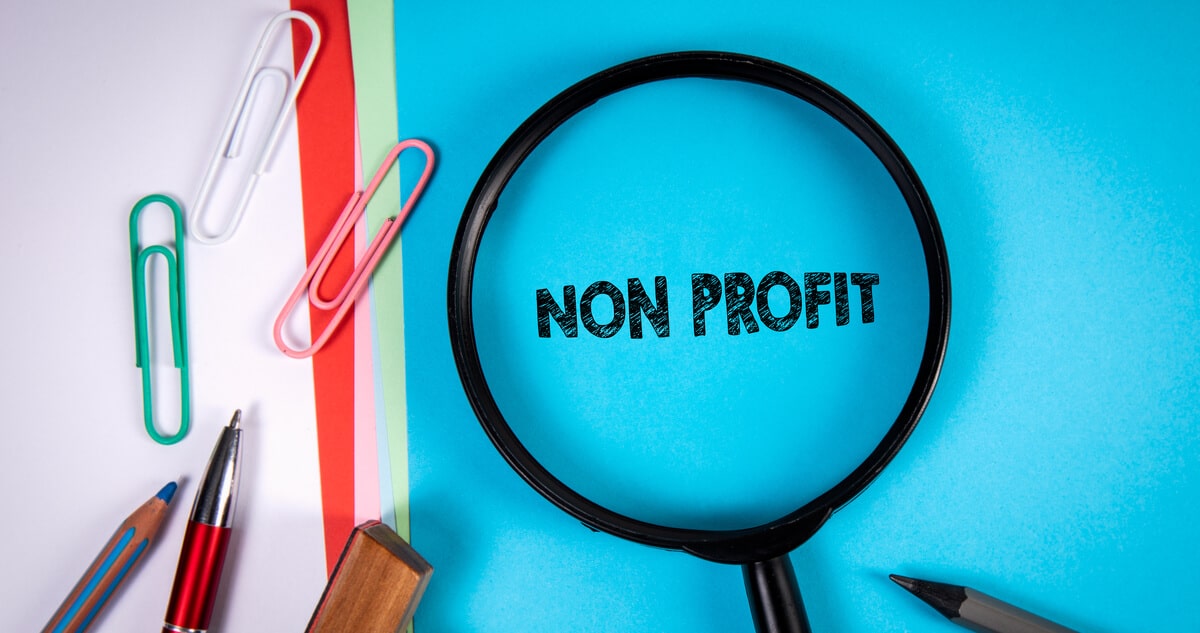TYSONS OFFICE
New AI Copyright Guidance: Is Your Work Really Protected?

Art or Artifice? The AI Threat to Human Authorship
New guidance from the United States Copyright Office (i.e., the Office) has made it clear that the use of generative AI in a creative work could prevent a claim to copyright ownership of that work. This article explores how the use of AI could threaten your claim to human authorship and what you should do to protect your creative work.
Art, Creativity, and the Machine
For centuries, creators have used machines to enhance the artistic process and challenge the limitations of creativity. From computer graphics and advanced editing tools to analog drum machines and distortion pedals, designers, musicians, and fine arts advocates have harnessed technology to discover new modes of expression and expand their creativity.
Since OpenAI released ChatGPT in November 2022, AI has exploded onto the mainstream. With 100 million active users in January — just two months after its release — technology analysts estimate ChatCPT has the fastest-growing user base in history.
Artificial intelligence has become widely available almost overnight, introducing a new philosophical discourse on the meaning of creativity and human authorship. These evolutions broadly impact art, philosophy, culture, and law. In particular, it has brought new concerns to AI copyright law, challenging human authorship and copyright protection claims.
Does AI Copyright Law Protect AI-Produced Content?
Computer-generated simulations of human intelligence are blurring the lines of creativity, plagiarism, and ownership. For that reason, the U.S. Copyright Office released its statement of policy March 16, 2023, to clarify its process for registering works (and denying registration of works) created using machines that simulate human intelligence.
According to the statement, “If a work’s traditional elements of authorship were produced by a machine, the work lacks human authorship and the Office will not register it.”
In other words, copyright law does not protect AI-generated content. However, there are some nuances to consider.
As technologies become more sophisticated, creators exert less creative control over how AI interprets prompts and develops material. Artists must therefore proceed with caution when using machines to create and enhance creative works. If you use AI for even part of your creative process, someone could reproduce your work, and a court might not consider it infringement.

How Does the Office Determine if a Work Is Protected?
While a creator who uses technology to support the creative process could benefit from copyright protection, the Office determines “the extent to which the human had creative control over the work’s expression and ‘actually formed’ the traditional elements of authorship”.
This comes down to a case-by-case inquiry where the Office decides if a work meets its human authorship requirement:
In the case of works containing AI-generated material, the Office will consider whether the AI contributions are the result of “mechanical reproduction” or instead of an author’s “own original mental conception, to which [the author] gave visible form.” The answer will depend on the circumstances, particularly how the AI tool operates and how it was used to create the final work.
If, for example, a user prompts a machine to create a textual, visual, or audio work, the Office will likely consider the work AI-generated and not eligible for copyright protection (since the machine ultimately determined the form and content of the piece).
On the other hand, if a creator significantly modifies content originally created by AI, it could be protected. “In these cases, copyright will only protect the human-authored aspects of the work, which are ‘independent of’ and do ‘not affect’ the copyright status of the AI-generated material itself.”
What Can I Do to Protect My Creative Work?
You do not need to register your “human-authored” work with the Copyright Office for it to be protected by copyright law. However, if someone steals your creative material, you must register before you can bring a lawsuit to court.
It’s therefore wise to protect your work with a registered copyright before any infringement occurs. The registration provides an official record of when you created the content, which will support any lawsuit you file.
When you register your work (using the Copyright Office’s Standard Application), you must disclose if you included any AI-generated content and briefly explain your contribution to the work in the “Author Created” field. If you’re unsure how to fill out this field, you may generally state that your work contains AI-generated material, and the Office will contact you with any questions.
The Office will consider your work fraudulent if you do not disclose the use of AI as part of your copyright application.
If you’ve already submitted an application and did not disclose the AI-generated material, you must correct your application or submit a supplemental application:
- If the Office is currently processing your application, you must contact the Public Information Office, and let them know your application does not disclose that your work contains AI-generated material. They will add a note to your application for the examiner to consider.
- If the Office has approved your application and registered your work, you must submit a supplementary registration, disclosing the AI-generated material in the “Material Excluded/Other” field. You should also complete the “New Material Added/Other” field.
According to the Office, “As long as there is sufficient human authorship, the Office will issue a new supplementary registration certificate with a disclaimer addressing the AI-generated material.”
Ignoring these policies can have serious consequences. If you fail to obtain copyright registration and correctly disclose the use of AI, the Office may revoke your registration. As such, the Office’s recognition of intellectual property ownership in your work will be void.
This can result in others copying your work without creating infringement. Even if you don’t seek copyright registration, using generative AI in your work leaves you vulnerable to others who may steal and use your unprotected work.
AI Copyright Continues to Evolve
While this guidance from the Copyright Office does not change the fundamentals of copyright protection, it reflects a growing concern that the line between human creativity and AI-generated content is becoming increasingly blurred. Since developers train AI with preexisting works — mostly those that are copyrighted by other authors and artists — creators are more and more concerned about the impact on their prior and future copyrighted works.
For that reason, this guidance is only part of the Office’s new artificial intelligence initiative, where it will continue examining policy questions being raised in this new era of AI. Beginning April 19, the Office will invite public comments on issues related to AI copyright in literary, visual, audiovisual, and musical works.
As generative AI technologies continue to advance, trademark protection will become more complicated and challenging to navigate. Contact our skilled intellectual property lawyers for guidance on protecting your creative work in the rapidly advancing world of creativity, technology, and AI.
For more information on how to defend your intellectual property, explore our other blogs. Learn how to successfully register your work and how to distinguish and when to use the TM vs. R symbol.



